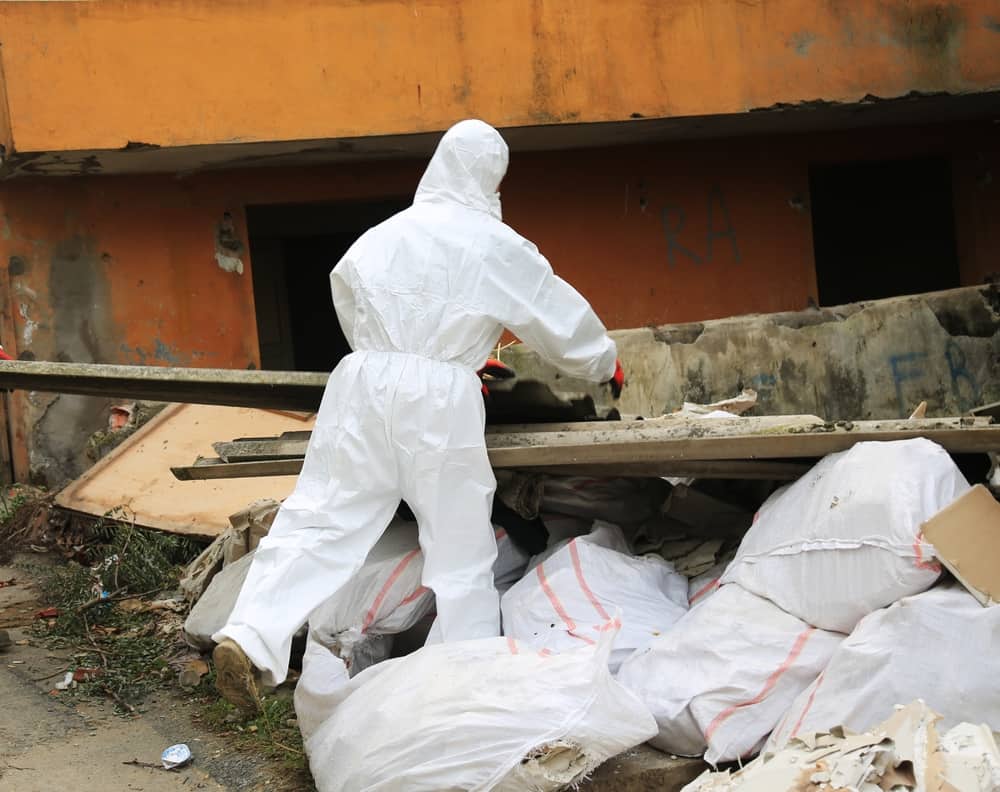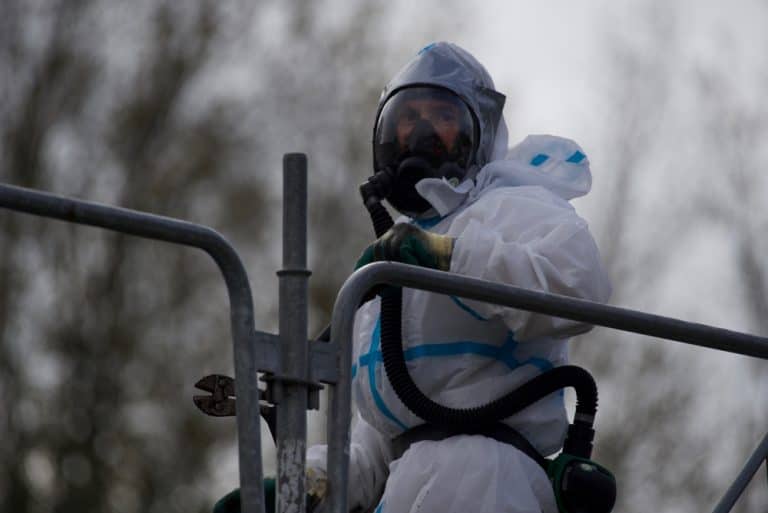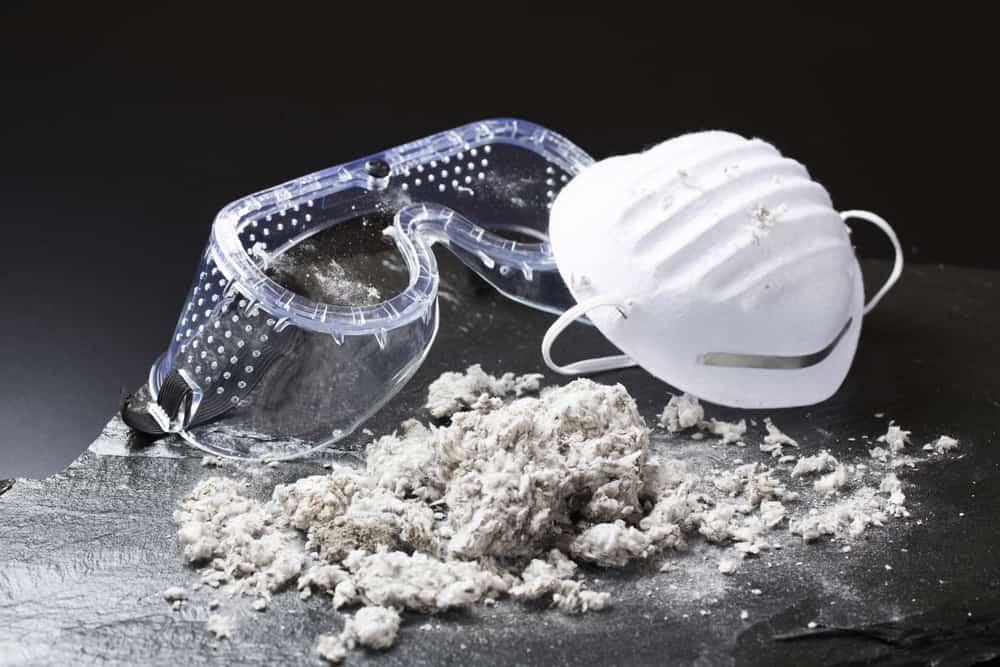Asbestos Abatement in Lake Grove, NY
At Green Island Group NY, we are Lake Grove, NY’s premier asbestos removal company, specializing in safe and efficient asbestos abatement and removal services. With a proven track record and a commitment to protecting your home and loved ones, trust us for all your asbestos mitigation needs.




